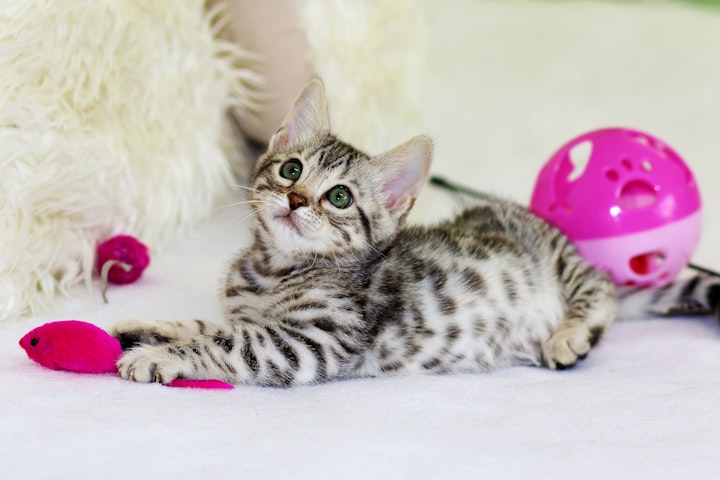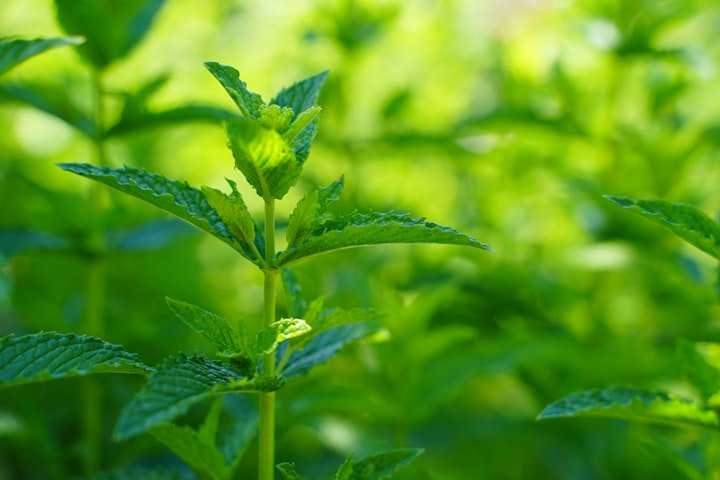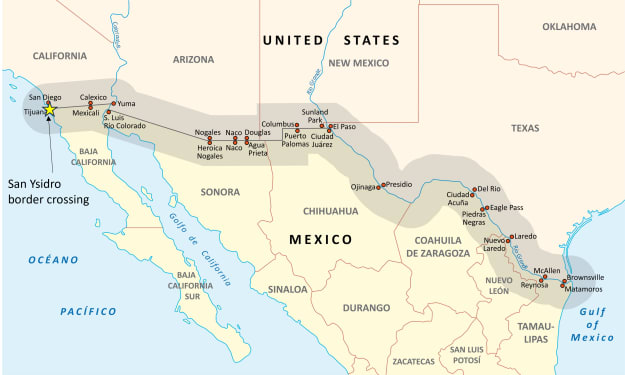Why do cats wiggle when they sit on a ball?
Cat Paw Scent Glands and Cat Pheromones

Why do cats wiggle when they sit on a ball?
Why do cats wiggle when they sit on a ball?
Cats have a natural instinct to wiggle or knead their paws when they're in a comfortable or contented state. When a cat sits on a ball or any soft surface, it may start to knead or wiggle its paws against the object. There are a few reasons why cats exhibit this behavior:
Why do cats wiggle when they sit on a ball - Comfort and relaxation: Cats often associate soft and comfortable surfaces with relaxation and contentment. When they sit on a ball or similar object, they may instinctively knead or wiggle to create a cozy spot to sit.
Why do cats wiggle when they sit on a ball -Territory marking: Cats have scent glands in their paws, and when they knead or wiggle, they release pheromones onto the surface they're touching. This behavior can serve as a way for cats to mark their territory and leave their scent behind.
Why do cats wiggle when they sit on a ball - Nurturing behavior: Kneading is a behavior that starts when cats are kittens, during nursing. Kittens knead their mother's belly to stimulate milk flow. As they grow up, they may continue to exhibit this behavior when they're feeling happy and secure.
A - Stretching and exercising: Kneading can also be a way for cats to stretch and exercise their muscles. By flexing their paws and claws against a soft surface, they engage their muscles and keep them toned.
Why do cats wiggle when they sit on a ball - Overall
Overall, the wiggling or kneading behavior in cats is a natural instinctive behavior that can indicate comfort, contentment, territorial marking, and even a way to stretch their muscles. It's often a sign that your cat is feeling relaxed and at ease in its environment.
Why do cats wiggle when they sit on a ball - Cat comfort habits
Cats have several comfort habits that they engage in to create a sense of security and relaxation. Here are some common comfort habits exhibited by cats:
Kneading: As mentioned before, kneading is a behavior where cats push their paws in and out against a soft surface. It's often associated with contentment and can help cats relax.
Purring: Purring is a well-known behavior in cats that is associated with comfort and relaxation. Cats purr when they are content, happy, or seeking comfort. It can also be a self-soothing mechanism for cats during stressful situations.
Curling up in a ball: Cats often curl up in a ball shape when they sleep or rest. This position helps them conserve body heat and creates a sense of security.
Seeking warmth: Cats love warmth, and they often seek out warm spots to curl up in. They may find sunny spots, blankets, or cozy corners to snuggle into and feel comfortable.
Grooming: Cats are known for their grooming behavior, where they lick and clean themselves. Grooming not only helps cats maintain their hygiene but also has a soothing effect on them, promoting relaxation and comfort.
Finding high perches: Cats have an innate desire to be in high places. They may seek out elevated perches like window sills, shelves, or cat trees to observe their surroundings and feel secure. Being in an elevated position allows them to survey their territory and potential threats from a safe vantage point.
Squeezing into small spaces: Cats have a knack for squeezing into tight spaces. It gives them a sense of security and helps them feel hidden and protected. You may find your cat cozying up in boxes, drawers, or even between cushions.
Why do cats wiggle when they sit on a ball - Consider Cats
It's important to provide a comfortable and enriched environment for your cat to engage in these behaviors and feel secure. This includes providing cozy bedding, warm spots, scratching posts, perches, and plenty of opportunities for mental and physical stimulation.
Why do cats wiggle when they sit on a ball - Cat Paw Scent Glands
Cats have scent glands located in various parts of their bodies, including their paws. These scent glands play a role in communication and marking territory. Here's some information about the scent glands in a cat's paws.
Why do cats wiggle when they sit on a ball - Interdigital Glands: The interdigital glands are located between the pads on a cat's paw. These glands produce a scent that is released when a cat kneads or scratches a surface. When a cat kneads an object or territory, it leaves behind its unique scent from these glands, which can serve as a territorial marker.
Scent Marking: Cats have a strong instinct to mark their territory, and they use various scent glands to leave their scent behind. By kneading or scratching objects, cats deposit their scent from the paw glands onto those surfaces. This behavior is a way for cats to communicate their presence and establish ownership of their territory.
Communication: Scent marking through the paw glands can also serve as a form of communication between cats. By leaving their scent on objects or surfaces, cats can communicate their presence to other cats in the area. This scent exchange can convey information about the cat's identity, reproductive status, and territory ownership.
Emotional State: Cats may also release scent from their paw glands during certain emotional states, such as when they are relaxed, content, or seeking comfort. Kneading or flexing their paws against a surface can be a self-soothing behavior that helps cats feel more secure and relaxed.
It's worth noting that while paw scent glands are one of the ways cats mark their territory, they also have other scent glands located in areas like the cheeks, chin, tail base, and anal area. These different scent glands work together to create a complex communication system among cats.
Why do cats wiggle when they sit on a ball - Understand
Understanding a cat's natural scent marking behavior can help you provide appropriate outlets for this behavior, such as providing scratching posts or objects for your cat to mark and engage with.
I may receive compensation for any purchases made through affiliate links in this article.





Comments
There are no comments for this story
Be the first to respond and start the conversation.